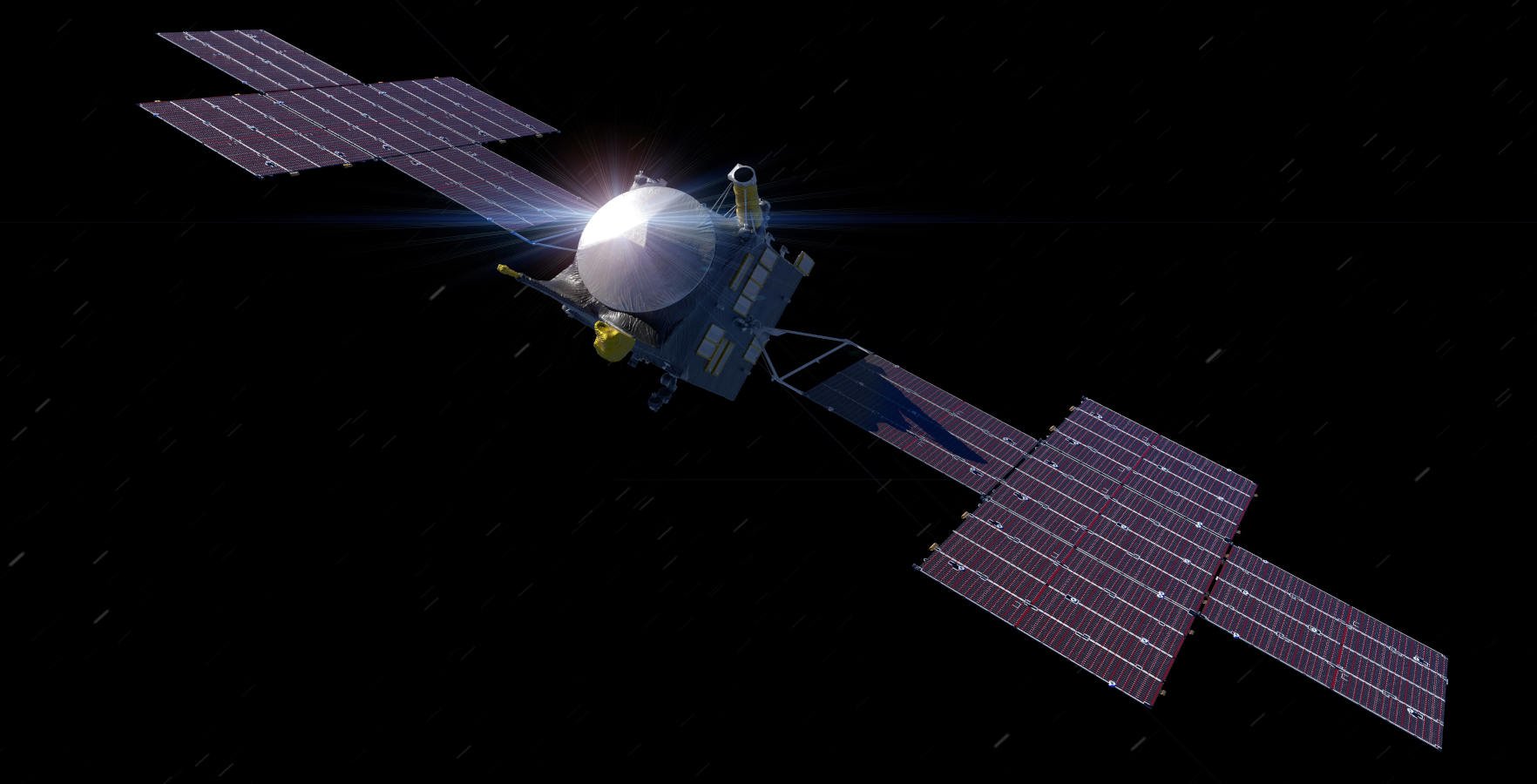NASA’s Deep Space Optical Communications (DSOC) demonstration has completed its final pass, although there is a chance the system might be reactivated in the second half of 2026.
Carried aboard NASA’s Psyche mission, DSOC demonstrated how data encoded in lasers could be reliably transmitted, received, and decoded.
On September 2, the final communications pass was made from a distance of 2.34 AU (Astronomical Unit [PDF]) or just under 350 million km (218 million miles).
12.4 Mbps was achieved, although the project’s technologist, Abi Biswas, told The Register that this was amid partially cloudy skies. At 2.28 AU, Biswas said 20.8 Mbps was achieved with clear skies.
The goal of DSOC was to demonstrate a method of communication using considerably more bandwidth than traditional radio waves. Engineers have successfully demonstrated high-bandwidth communication using lasers in Earth and lunar orbit, but by traveling aboard Psyche, which is headed toward a metal-rich asteroid in the asteroid belt between Mars and Jupiter, DSOC took things further in a very real sense.
The technology worked as advertised or better. At 19 million miles (30 million km) from Earth, DSOC achieved 267 Mbps. At 386 million kilometers (240 million miles), it achieved a sustained downlink data rate of 6.25 Mbps, peaking at 8.3 Mbps.
In comparison, NASA’s Mars Reconnaissance Orbiter (MRO) can manage [PDF] around 0.5 Mbps at a maximum distance from Earth (250 million miles, or 400 million km), rising to between 3 and 4 Mbps when it is closest (60 million miles, or about 96.5 million km).
DSOC is not the primary method of communication for the Psyche spacecraft, but Biswas told us “the demonstrator is interfaced to Psyche for streaming data, albeit a modest data rate, or ‘forward, store and hold’ in DSOC memory for ‘bursting’ down at higher rates.”
Biswas added that redundancy in Psyche’s communication systems made the need for this “highly unlikely.”
As for a chance of resuming the demonstration, Biswas was cautious: “There is no currently approved plan for reactivation though conversations with the sponsor on the subject continue. Minimally, DSOC hardware will be powered on for a short time to monitor instrument status.
“If sponsors can work out funding the earliest opportunities for a few more link demonstrations will be in late summer [or] early fall of 2026 after Psyche completes the Mars flyby in late May 2026.”
Biswas also told us discussions are ongoing about using the technology in future missions – engineers and scientists would be delighted with the extra data such a method would provide – but said there were no plans as yet.
DSOC works by using a laser transceiver mounted on the Psyche spacecraft. An uplink laser at the Jet Propulsion Laboratory’s Table Mountain facility transmits a laser beacon to Psyche, helping the transceiver point the optical communications at the correct location on Earth.
The primary downlink station is a 200-inch (5.1-meter) telescope at Caltech’s Palomar Observatory in San Diego County.
We asked Biswas how the demonstration had gone: “There were numerous good surprises related to pointing performance resulting in exceedance of predicted performance. There were no bad surprises, as such.” ®

